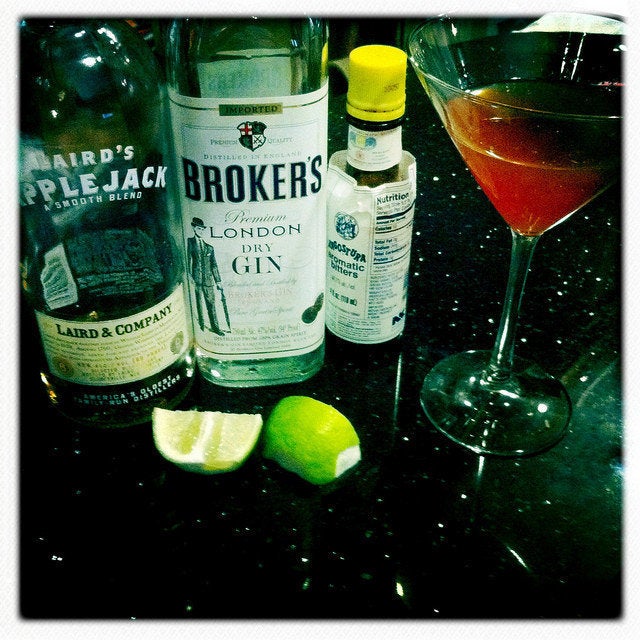
New York City Mayor Michael Bloomberg recently proposed cracking down on alcohol sales in an attempt to curb the city's alcohol abuse problem. His proposal, which plans to reduce "alcohol retail outlet (e.g. bar, corner store) density and illegal alcohol," has created quite an uproar. "This is absolutely insane," complained one disgruntled drinker to the New York Post.
But is it? Since the city began monitoring and reducing the availability of sugary drinks and trans-fats in restaurants and cafeterias, the childhood obesity rate dropped 5.5 percent. It's logical that reducing alcohol availability will in turn reduce sales and decrease use and abuse. The more times each day a kid sees a delicious donut, the more likely he is to eat one himself. The more often a teen sees alcohol for sale, the more likely she is to get her hands on it (with the help of a fake ID or an older friend), try it, and possibly become addicted. Addictive properties aside, alcohol and sugar are just like any other product.
In New York, one in ten hospitalizations are alcohol-related, and alcohol is a factor in half of all homicides and 28 percent of traffic fatalities. Of course, the city I call home is just one dot on the map -- 30 percent of Americans abuse alcohol, and the treatment rate for people with alcohol disorders is less than what it was a decade ago. "Functional" binge drinking is a significant and growing problem for our country, and as we discussed last year, our communities bear a financial burden for problem drinkers; the health care costs for these drinkers are eight times the national average. With alcohol, as with cigarettes and now tanning beds, the tax for use doesn't come close to making up for the high health care costs incurred later on. These habits are detrimental to individual health and expensive for public health. We also know that if someone isn't addicted to alcohol by age 21, they're unlikely to become addicted in the future -- yet another reason to reduce the supply that sustains underage use.
Bloomberg's proposal may not be popular, but it's a good idea nonetheless. As I've said in the past, I'm not suggesting a return to Prohibition. However, decreasing excessive availability will decrease use, and by definition, will also decrease abuse.
This isn't to say that supply control is the solution to our nation's drinking problem. It's just one of many steps that should be taken in order to lessen the damage to our communities and citizens by alcohol misuse. Of course, folks who are determined to buy alcohol will have no problem doing so, regardless of the number of liquor stores on their block. But limiting the extent to which alcohol is available will accomplish one important thing: it will protect young people by decreasing the number of kids who start drinking simply because they see it everywhere and it's easy to get.
